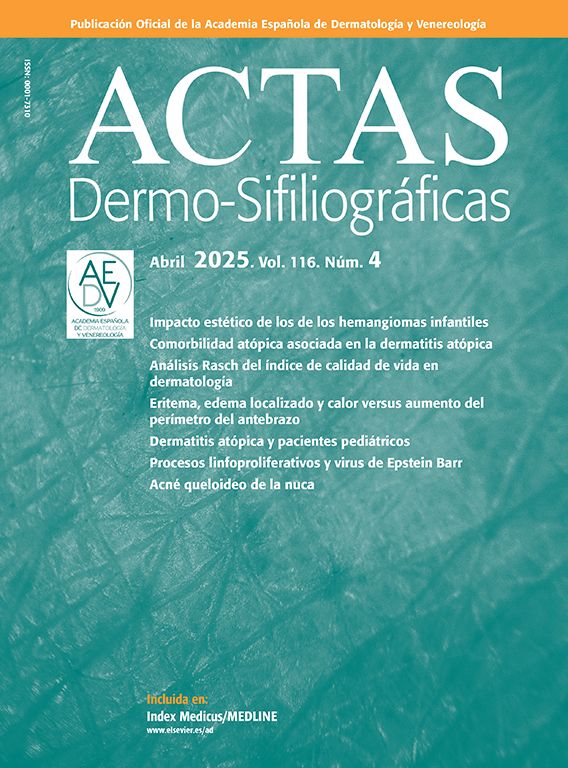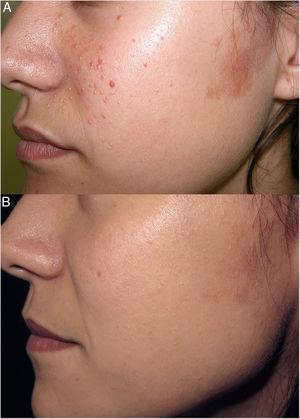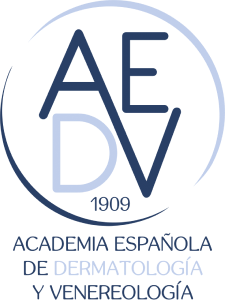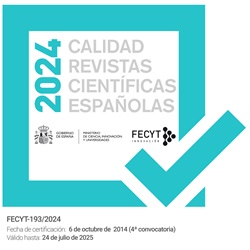History has extensively documented how the role of women has been relegated and subordinated in social and economic spheres. This situation has triggered a continuous struggle by women in pursuit of gender equity. Their movement not only seeks to secure a fundamental right but also to build a participatory, peaceful, and healthy environment in all aspects of society.1
The article “Gender analysis of scientific meetings in dermatology”2 points out that dermatology congresses reveal a notable gender gap, showing that men occupy prominent roles more frequently than women do, despite the growing trend toward feminization in this professional field. This study is crucial, as it allows for the identification of aspects that go beyond mere medical practice, such as burnout and work-life balance, among others.
The United Nations Sustainable Development Goals (SDG 5) focus on gender equality. They highlight the urgent need to reform comprehensive policies to overcome systemic barriers that hinder achieving equitable representation of women in leadership roles in the workplace.3,4
The “leaking pipelinesyndrome” is used as a metaphor to illustrate how women face obstacles in ascending to higher roles in their professional careers. This phenomenon is supported by various variables. For example, a study conducted in Argentina in the health sector revealed that female health care professionals earn 35% less than men, and 42% less per hour worked.5 Additionally, in Spain, it was found that 16.5% of nurses are forced to take leave due to anxiety, stress, or mental exhaustion, with professionals in the socio-health sector being the most affected ones (19.1%).6,7
The leaking pipeline manifests through several indicators. First, the persistent wage gap in the health sector hinders women's professional progress. Second, mental fatigue resulting from work overload and constant pressure to make decisions can lead to stress and burnout. Third, unconscious biases in promotion processes, as well as family responsibilities, also play a role. Finally, gender biases entrenched in organizational culture, the lack of female role models in leadership positions, and the perception that male-dominated environments are less welcoming can contribute to this trend.
To address the leaking pipeline in the health sector, it is essential to provide equitable opportunities to the female workforce, implement state policies against the gender gap, and eliminate entrenched biases, such as machismo. Similarly, empowering women in decision-making regarding fundamental aspects of health care services is crucial.
Ultimately, a societal shift in attitude toward gender equity will promote health care development, ensuring equal access to rights, treatment, opportunities, and resources for all.
Ethical responsibilitiesNone declared.
FundingNone declared.





